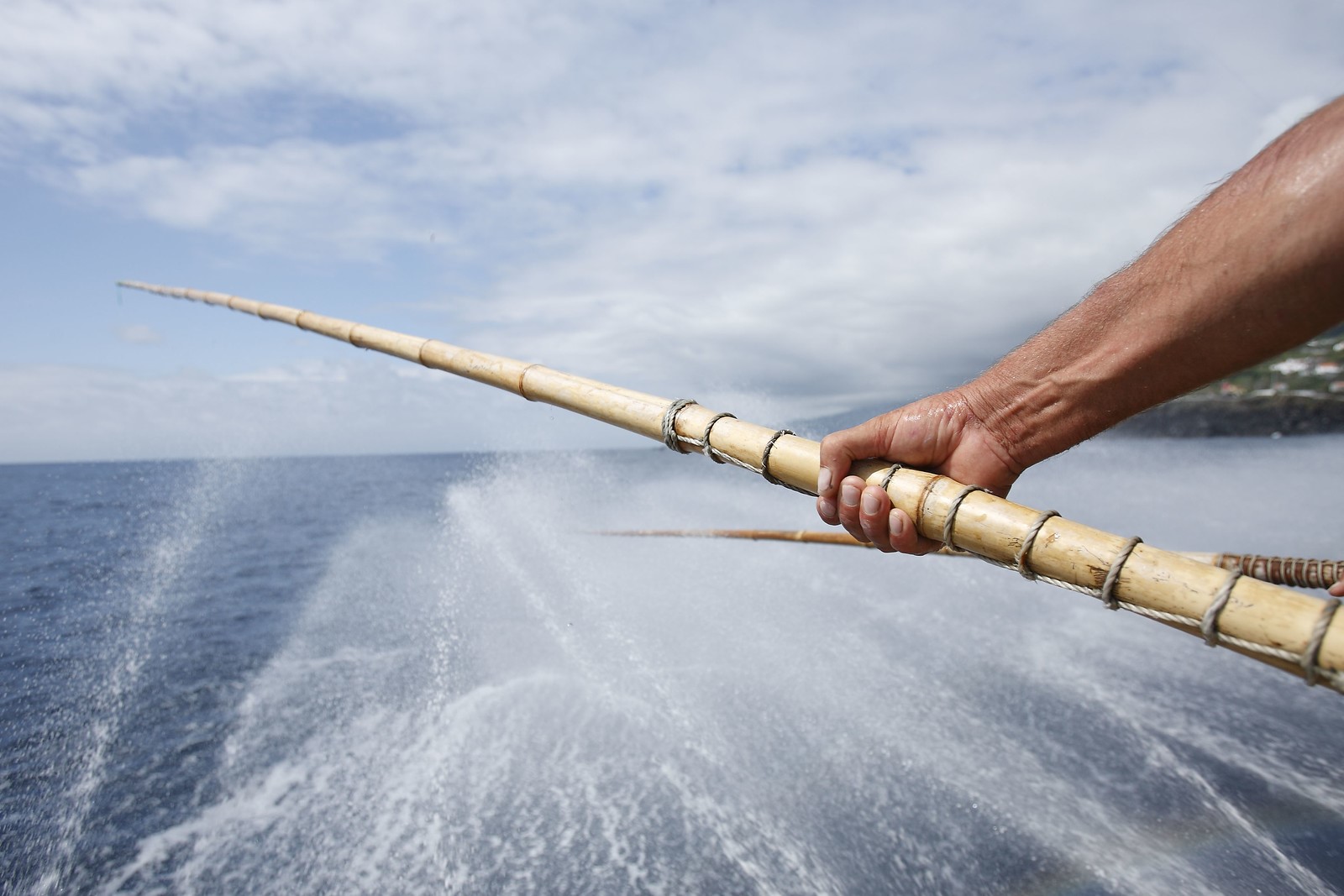
North Atlantic pole-and-line and troll albacore tuna

Location & History
This fishery was established by the Spanish and the French in the Bay of Biscay at the end of the second world war. The original fishery operates in the summer months as this suits the migration patterns of the albacore tuna in the Atlantic. In 1970, the fishery expanded to operate off Morocco to cover the autumn months when the albacore tuna seek warmer waters.
How is the Tuna Caught?
This fishery catches tuna using two one-by-one techniques, pole-and-line and troll. The fleet operates between July to September, and for pole-and-line live bait is used, typically sardines, to attract the tuna. The live bait is thrown into the water to create a feeding frenzy amongst the tuna, and then each fisher lowers their pole and line into the water to hook their fish. The poles are made of fibreglass and use barbless hooks. When a tuna is caught, it is swung onto the deck and immediately put on ice in storage holds. The fisher then re-casts their line to catch another fish.
During troll fishing, artificial lures on barbless hooks are pulled at a slow speed through the water from varying lengths of line that are attached to the back of the boat. The disturbance of the surface waters caused by the dragging, resembles the movements that small fish make and attracts the tuna to the boat. When a tuna is caught, the fisher hauls in the line and removes the tuna, returning that same hook and line to the water, after.
Both methods are very selective, causing little to no bycatch, and only a limited amount of gear is lost to the sea. This fishery, therefore, has very little pollution or impact on the local ecosystem.
Unique Features
The original fishery in this area began 400 years ago as a troll fishery targeting cod. Over time, tuna became a part of the catch alongside cod.
Gallery
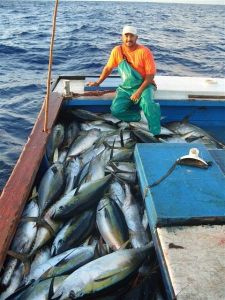
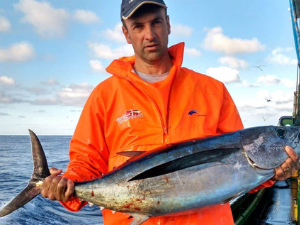
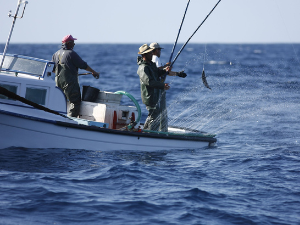
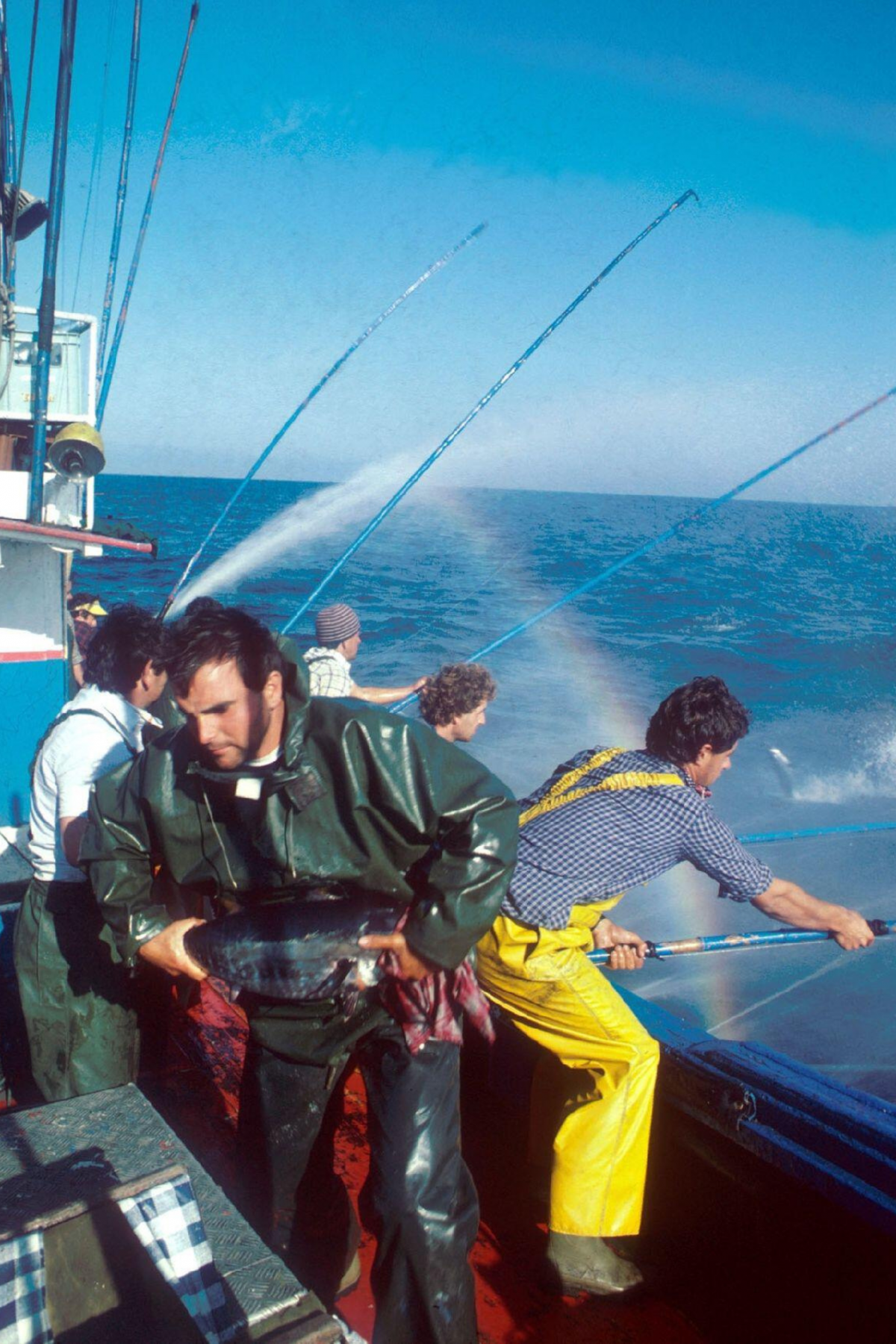

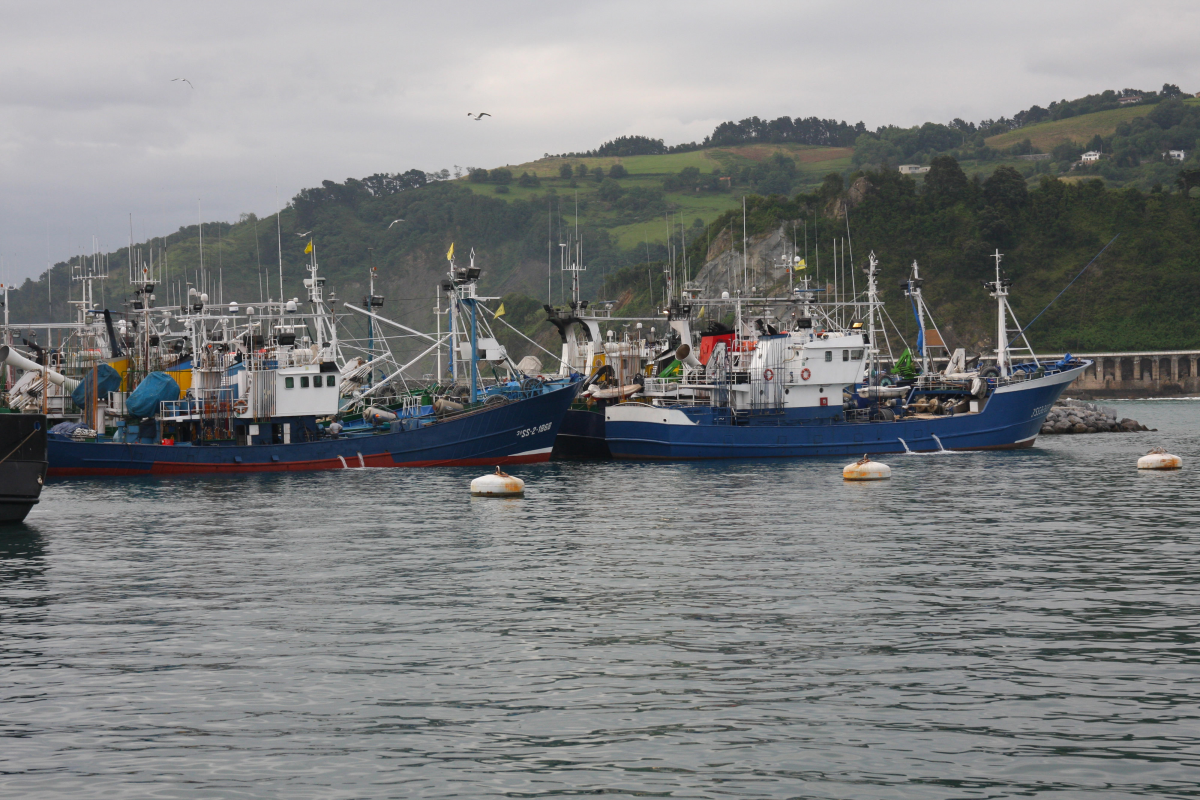
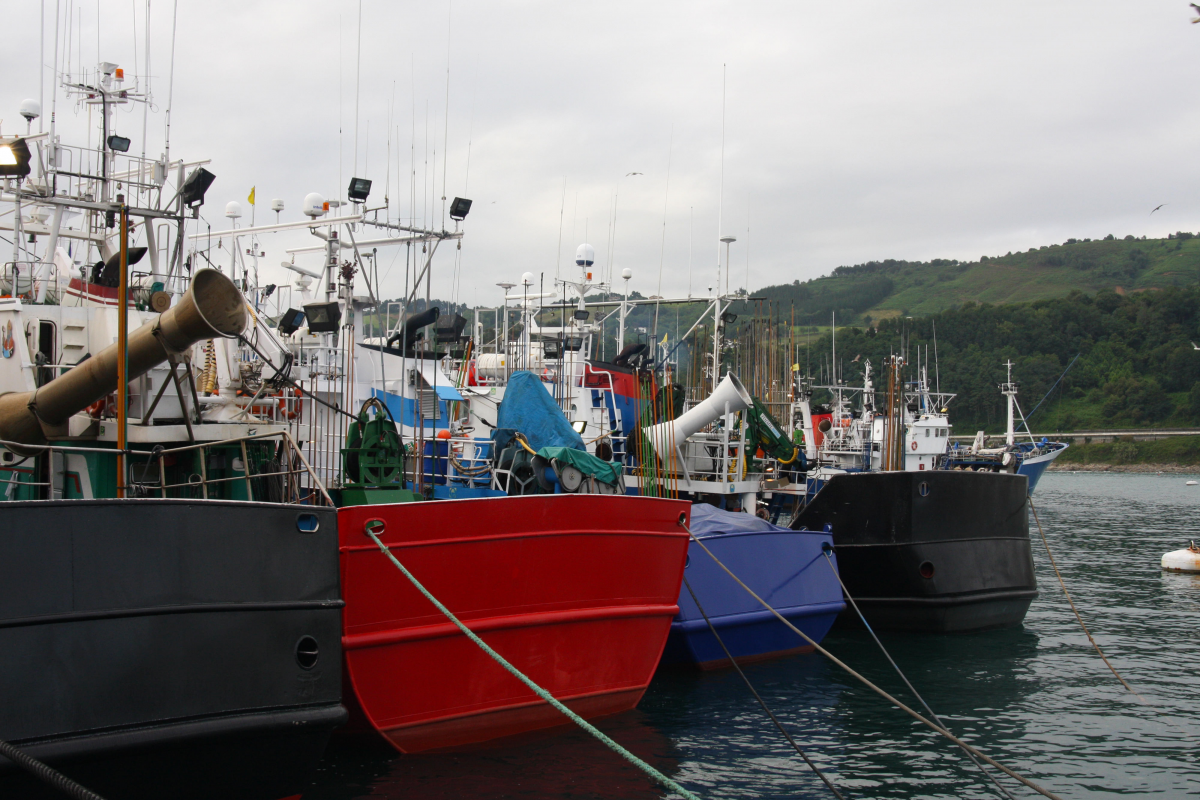
Typical Vessel
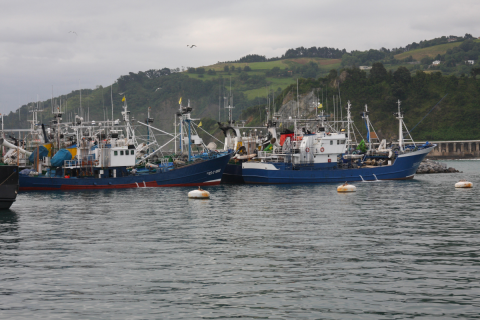
| Item | Value |
|---|---|
| Crew Size | 5 |
| Size Range (m) | 27 |
| Details of Type of Engine | Average 50 hp engines, predominantly inboard. |
| Hold Capacity | 117 GT |
| Onboard Cold Storage? | Yes |
Fleet Capacity
-
11600t
- Annual Catch Volume (metric tonnes)
-
181
- Number of Vessels
Target Species
Albacore Tuna
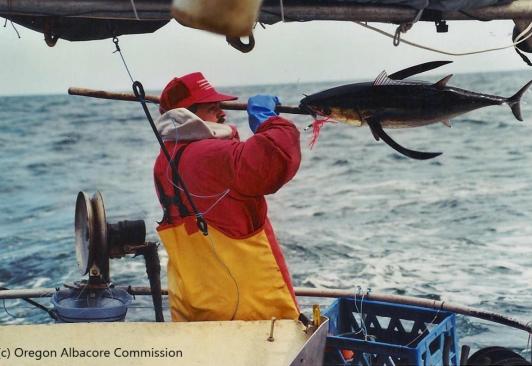
Fishing Gear
Pole-and-line


Regional Fisheries Management Organisation
International Commission for the Conservation of Atlantic Tunas (ICCAT)
Regional fisheries management organisations (RFMOs) are international bodies formed to manage fish stocks in an oceanic area. They include several countries with fisheries operating in that area, and some focus on particular species such as tunas. They are established through international agreements and treaties. RFMOs typically collect fishery statistics, assess fish stock conditions, monitor fishery activity and make fishery management decisions.
The International Commission for the Conservation of Atlantic Tunas (ICCAT) is an RFMO that is responsible for the management of tuna and tuna-like species in the Atlantic Ocean. In 2016 ICCAT celebrated it’s 50th anniversary, and due to the wide range of countries it covers, it is known by 2 other names and acronyms: ‘Commission internationale pour la conservation des thonidés de l'Atlantique’ (CICTA), ‘Comisión Internacional para la Conservación del Atún Atlántico’ (CICAA).
Stock Status Reports
Albacore Stock Status
2020-03-25The stock status of a fish species signifies whether a species is 'overexploited', 'fully exploited' or 'underexploited'. Different organisations use different parameters to assign these labels. For example, the Food and Agricultural Organisation of the United Nations (FAO) deems any species to have less than 40% of it’s ‘unfished biomass’ to be overexploited.
The aim of assigning stock status to a species is to ensure that catches are kept at a level where future catches will not be affected, in other words, to maintain a healthy, viable population of fish.
In addition to biomass, spawning potential, catch trend and size-age composition may be used to determine stock status. These are important factors to consider as some species are more resilient than others and have different ecological features. For example, albacore tuna are unique in the sense that their primary food source is cephalopods, whereas other tuna species typically target fish as their primary food source. This unique aspect of albacore ecology is important to consider as their overexploitation will have an effect on other trophic levels.
National Reports
Spain
2022-07-01National Reports are formal documents from members of the Tuna Regional Fisheries Management Organisation (tRFMO) in question. Each country that falls within the tRFMO must report on the state of their national fisheries in relation to the requirements of that tRFMO. They are normally presented to the annual Scientific Committee meetings by a credentialed head of delegation - considered national scientists. The tRFMO normally prescribes what the report should entail and how it should be structured, which would also include progress on key resolutions on conservation and management measures, and brief the ongoing scientific research of interest to the tRFMO.
